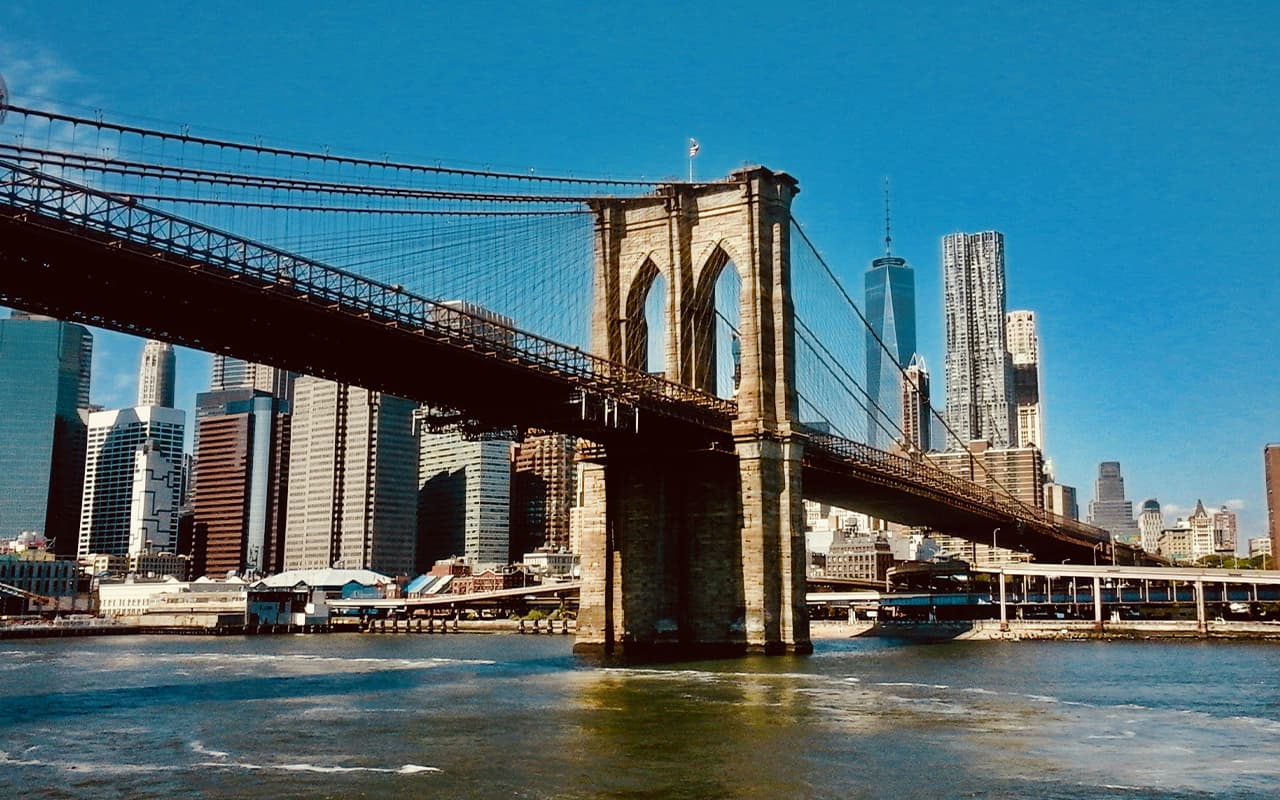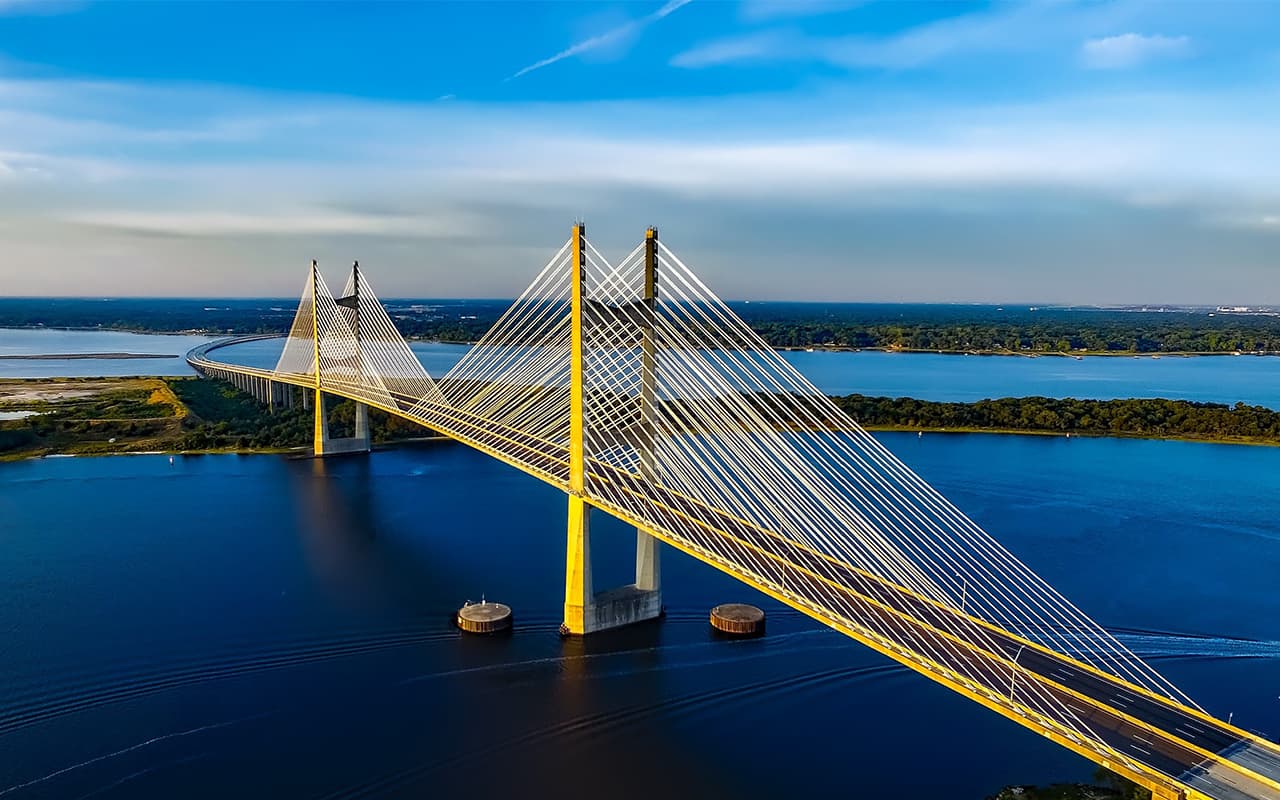After a state inspection of the Brooklyn Bridge in 2007, its condition was rated as “poor.” The inspection found that some elements of the bridge, including ramps, approaches and decks, were in poor condition and that the structure needed major repairs.
To overcome these problems, a $508 million reconstruction project was launched on June 2, 2010.
The rehabilitation project is expected to last four years and falls under Contract No. 6 of the New York City Department of Transportation (NYCDOT), Bridge Division.
The 127-year-old bridge will look better after the reconstruction, and the traffic flow will be significantly improved.
The Brooklyn Bridge was the world’s longest suspension bridge when it opened in May 1883. Considered to be the most prestigious work in American history, the bridge was designed by John Augustus Roebling and completed by his son Washington Roebling.
The total length of the bridge is 6016 feet, and the length of the main span is 1595.5 feet. Each of the bridge’s four suspension cables is 3578.5 feet long. The bridge is free and carries 145,000 vehicles per day.
The total fund of $508 million for the bridge rehabilitation will come from three sources. USD 30 million will be provided under the American Recovery and Reinvestment Act (ARRA). New York City’s capital funds will fund $286 million, and the remaining $192 million will be funded from other federal funding sources.
The rehabilitation project includes replacing the bridge deck, repainting steel elements, and increasing the number of lanes on the off-ramps.
As part of the safety and aesthetic plan, the Franklin Roosevelt Street (FDR) and Cadman Plaza exits will be widened by adding two more lanes. The project also includes the replacement of worn-out bulkheads and the membrane system.
Reconstruction of the bridge on the Manhattan side includes seismic retrofitting of the arch at Franklin Square, replacement of corroded railings and safety barriers, and the creation of two lanes from the southbound FDR Drive to the Brooklyn Bridge.
Construction work will include the replacement of the existing membrane system, bulkheads and access roads to the Brooklyn Bridge. The existing roadway pavement over the arch blocks and masonry will be repaired. The sprayed waterproofing membrane will be covered with a precast concrete roadway slab. Precast concrete-filled steel grating panels will be used to replace the existing deck on the Manhattan and Brooklyn sides. The decks will be replaced panel by panel to minimize the noise generated by drilling and jackhammering.
Painting work will be carried out to prevent rust damage to the steel. Dust collection, vacuum and recycling tools will be used to reduce air quality hazards. Abrasive blasting will be used to remove the existing protective coating, and the entire painting operation will be performed in accordance with the US Environmental Protection Act and the requirements of the New York State Department of Environmental Conservation.




